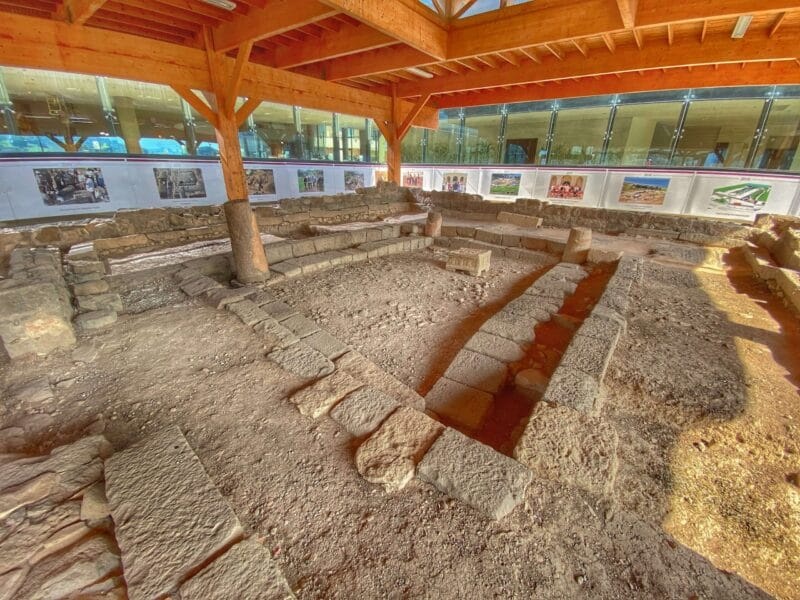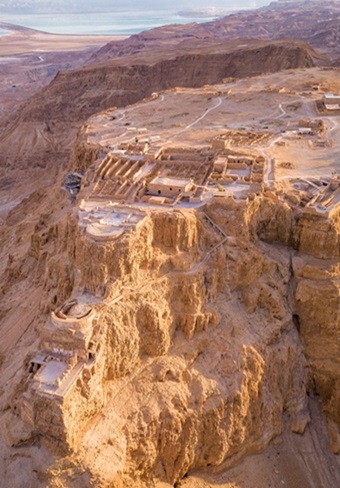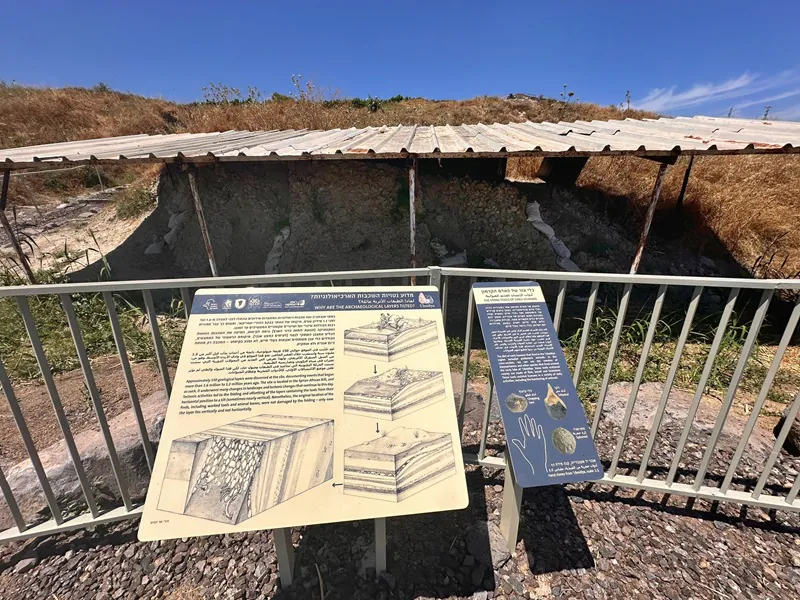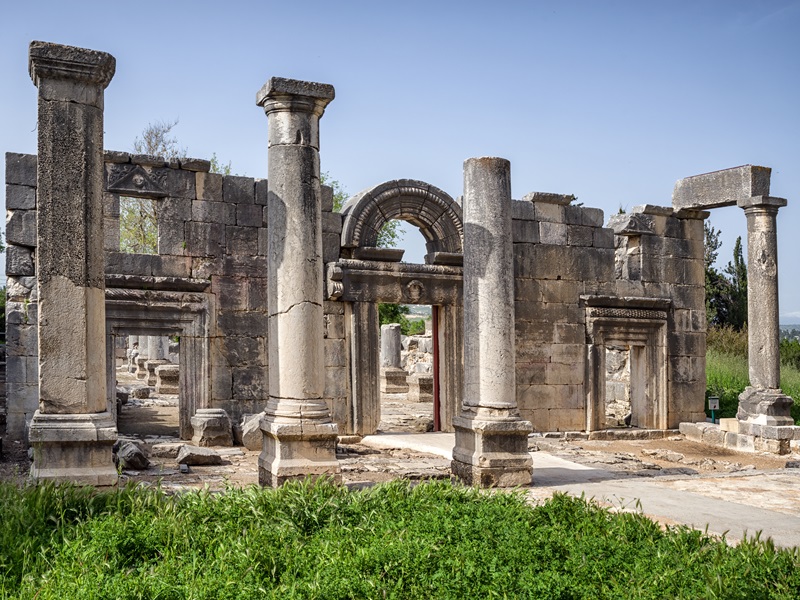Tel Beth Yerach
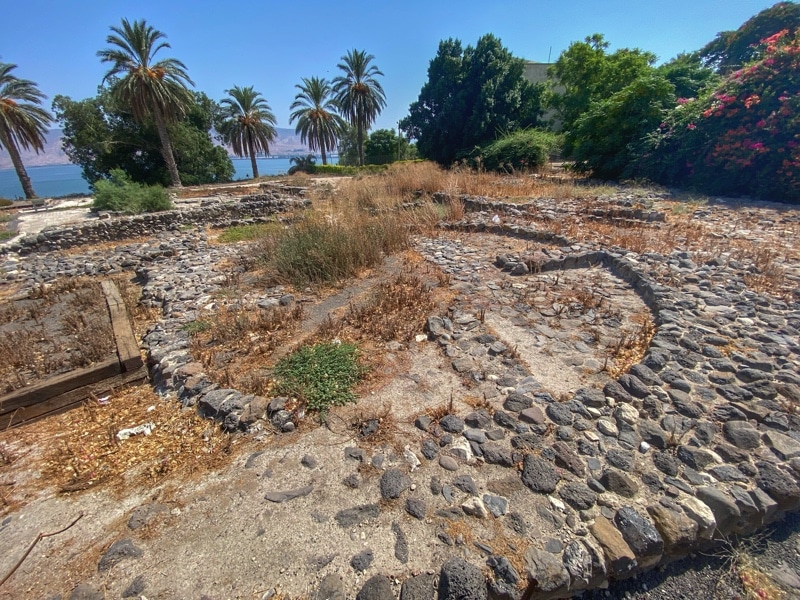
Set on a hill at the southern end of the Sea of Galilee, Tel Beth-Yerach was settled since the Chalcolithic period. Excavated by several archaeological expedition, the site bears finds from different periods, and is partially inhabited even today.
History of Tel Beth Yerach.
The earliest evidence found at Beth-Yerach is from the 4th millennium, the Chalcolithic age. In the 3rd millennium it developed into a walled city that had a unique and large granary. Its name (“House of the moon”) suggests that in the Canaanite period it was a worship center of the moon. This might also explain its other name – Sennabaris. “Sin” was the name of a Mesopotamian / Canaanite Moon god.
In the Hellenistic period the site was renamed for a while “Philoteria” when it was under Ptolemaic power. During the 1st century CE the Roman forces camped in Beth Yerach, on their way to conquer Tiberias. Later, in the Byzantine period Beth-Yerach / Sennabaris was a mixed Christian and Jewish Village. In the Umayyad period a large palace and bath house were built on the mound, but later the site was abandoned.
Touring Beth Yerach
In 1920 a road was paved over the mound, which is in use to this day. Furthermore, over parts of the mound a school and a college were established. Nevertheless, numerous remains of the many finds made at the site are still visible, although, sadly, they are not maintained well.
A tour to Beth-Yerach can be combined with in a day tour in the north.

